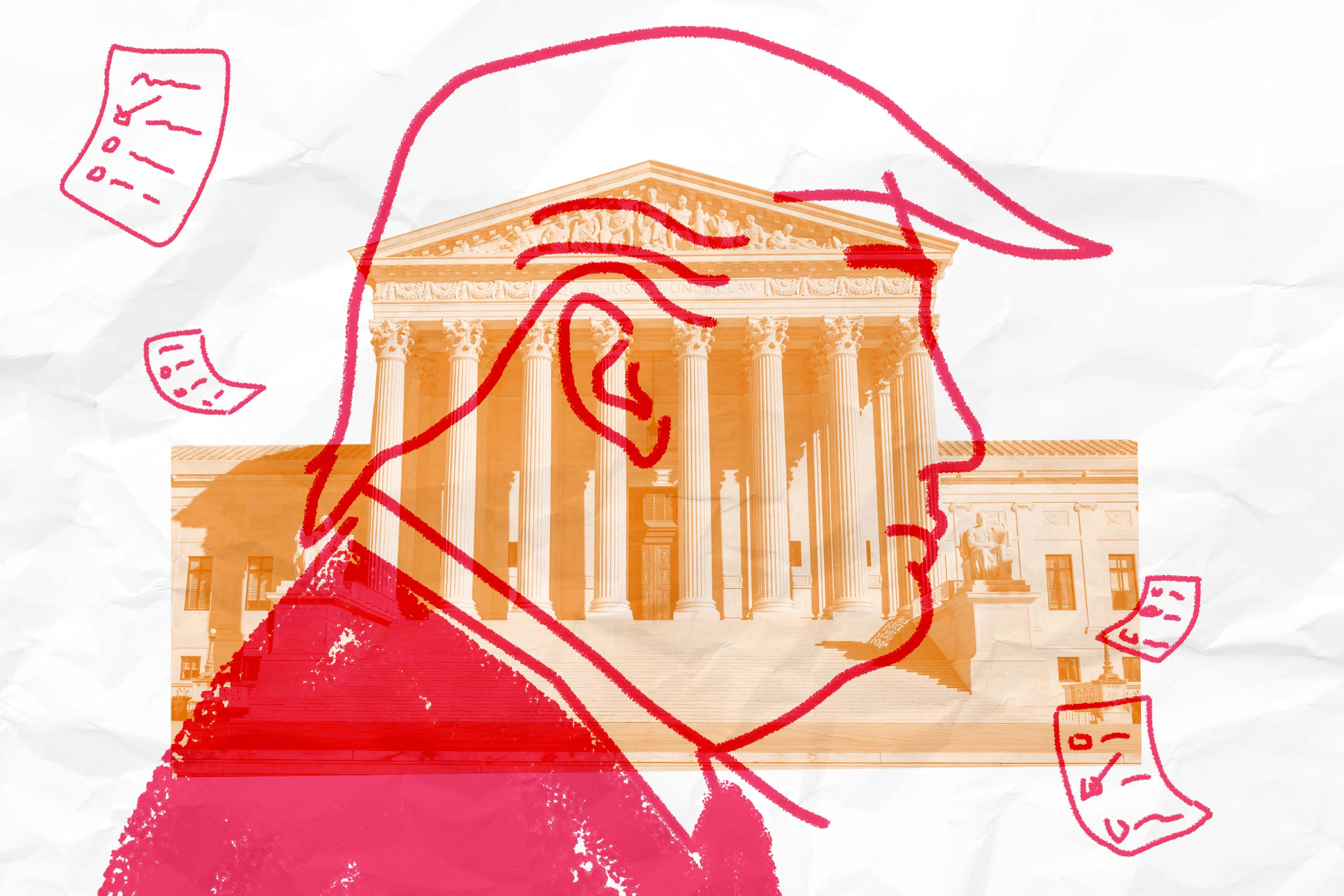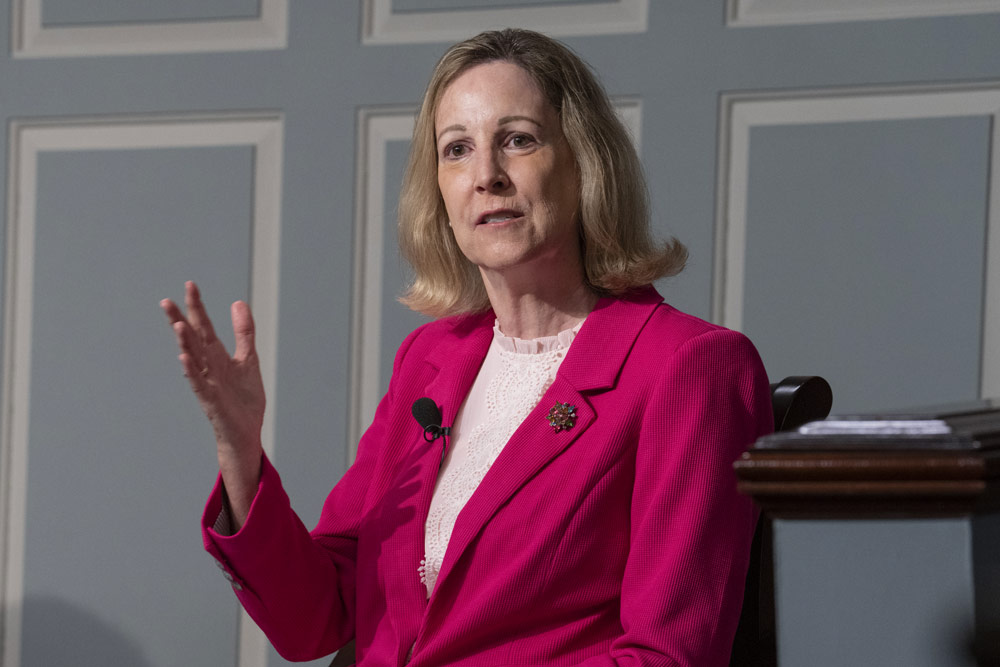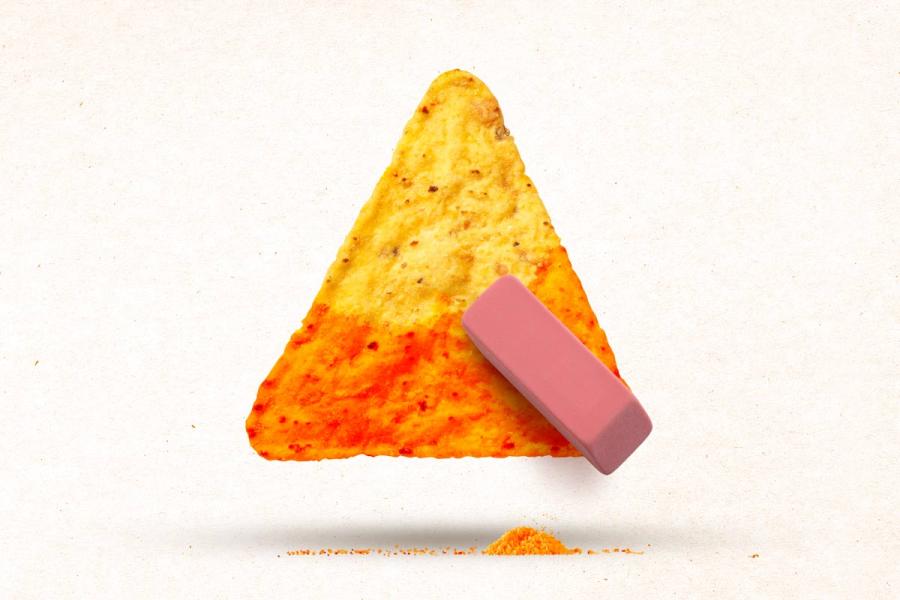The high court’s unanimous ruling was made in answer to a Colorado Supreme Court ruling that Trump’s actions on Jan. 6, 2021, when he urged a crowd of supporters to march on the U.S. Capitol, disqualified him from becoming president again. The state court ruled that Section 3 of the 14th Amendment barred anyone who engaged in “insurrection” from federal office.
The amendment was enacted after the Civil War to keep ex-Confederate leaders from regaining power.
Maine’s secretary of state made a similar decision. The U.S. Supreme Court’s decision overturns both states’ rulings.
“We conclude that states may disqualify persons holding or attempting to hold state office. But states have no power under the Constitution to enforce Section 3 with respect to federal offices, especially the presidency,” the Supreme Court justices ruling stated.
In the majority opinion, the justices said allowing states to control access to the presidential ballot could result in electoral confusion.
“Conflicting state outcomes concerning the same candidate could result not just from differing views of the merits, but from variations in state law governing the proceedings that are necessary to make Section 3 disqualification determinations,” they wrote. “Some states might allow a Section 3 challenge to succeed based on a preponderance of the evidence, others might require a heightened showing.”
Six of nine majority of justices also ruled Section 3 gave Congress the power to determine who was an insurrectionist and should be barred from federal office.
Coleman noted the decision could also protect Democratic candidates from retribution.
“Trump will brag to his faithful that he’s been vindicated yet again, but you could also say there’s some upside for Dems here. Since Trump won’t be kicked off the ballot in Colorado, red states also won’t be able to pull Biden off the ballot in retaliation. The Missouri Secretary of State was threatening that,” Coleman said.
“Meanwhile, as the court essentially washed its hands and gave Congress the authority to enforce the insurrection clause, there’s still a mechanism in place to remove Trump from the ballot in the future,” he said.
Although unanimous, the Supreme Court justices did not 100% agree. The ruling that Congress is responsible for ballot banning under the insurrection clause was opposed by the court’s three liberal justices.
“Although only an individual state’s action is at issue here, the majority opines on which federal actors can enforce Section 3, and how they must do so,” a concurring opinion written by Justices Sonia Sotomayor, Elena Kagan and Ketanji Brown Jackson states.
“In doing so, the majority shuts the door on other potential means of federal enforcement,” they wrote. “We cannot join an opinion that decides momentous and difficult issues unnecessarily, and we therefore concur only in the judgment.”
Justice Amy Coney Barrett, considered a conservative, wrote a concurring opinion in which she agreed with the other conservatives, but chastised Sotomayor, Kagan and Jackson for their dissent on the court’s ruling regarding Congressional power.
“The majority’s choice of a different path leaves the remaining justices with a choice of how to respond. In my judgment, this is not the time to amplify disagreement with stridency. The Court has settled a politically charged issue in the volatile season of a Presidential election. Particularly in this circumstance, writings on the Court should turn the national temperature down, not up,” Barrett wrote.
“For present purposes, our differences are far less important than our unanimity: All nine Justices agree on the outcome of this case. That is the message Americans should take home,” she wrote.
Barbara Perry, the Gerald L. Baliles Professor and co-chair of the UVA Miller Center’s Presidential Oral History Program, said the liberal justices’ dissent, and Barrett’s opinion, show the Supreme Court has similar political schisms to the rest of the country.
“Although on the decision’s basic issue of Trump’s ballot access the court was unanimous – as predicted after they all seemed to tip their hands at oral argument [in February] – the 5-4 split over who can enforce the 14th Amendment’s Section 3 reveals that the justices are as polarized as the electorate and Congress these days,” Perry said.







